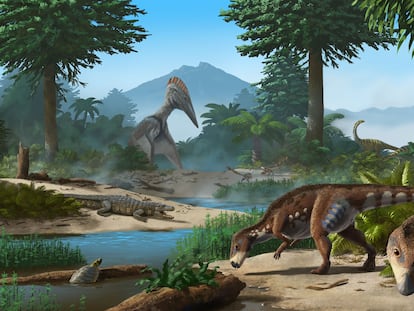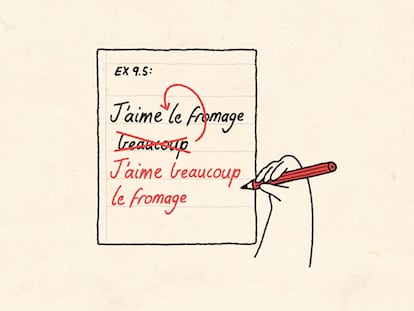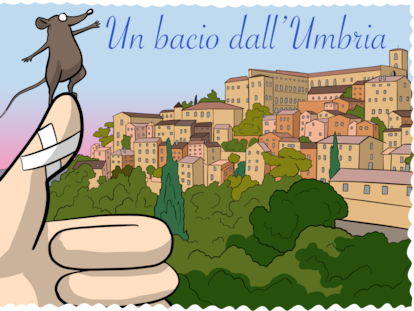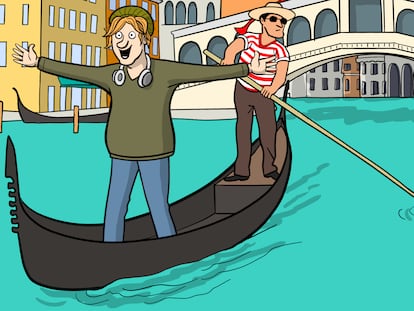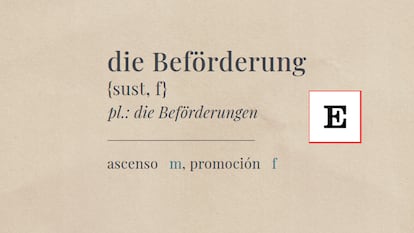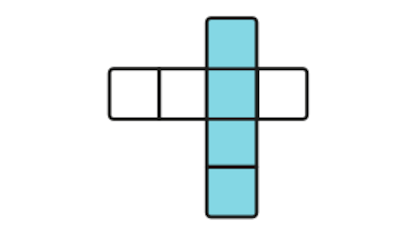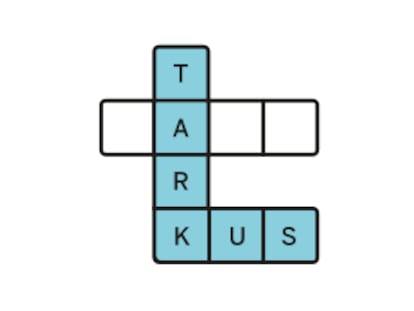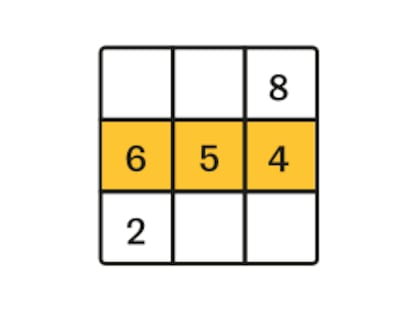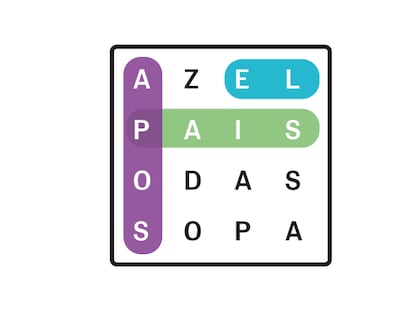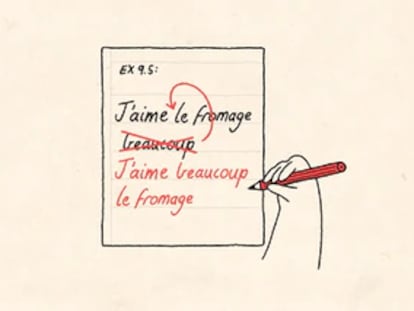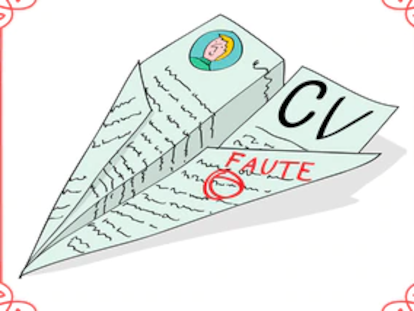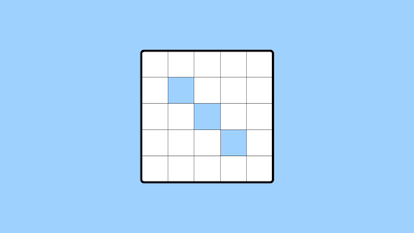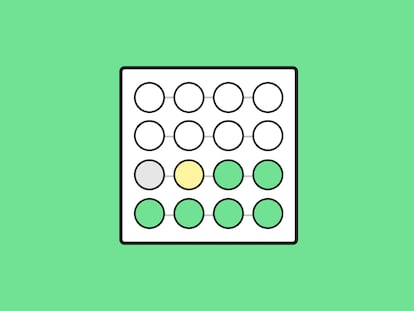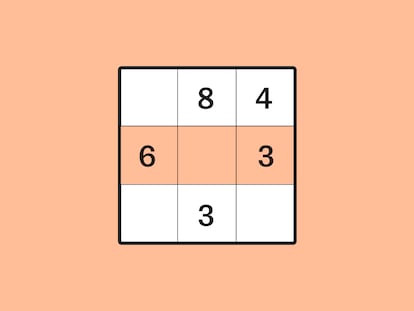A dinosaur’s last supper: Gut of a 100-million-year-old sauropod sheds light on its diet
According to a new study, the animal, which had a varied herbivorous diet, barely chewed its food
Ever since the first dinosaur fossils were discovered, scholars have maintained that sauropods — the largest of them all — were herbivores. This was supported by logic, knowledge of food chains, the shape of their teeth, the length of their necks, and their size and slowness, which would have made it difficult for them to chase other animals. But there was little direct evidence, such as coprolites (fossilized feces) or, even rarer, cololites (fossilized gut contents). That is, until now: a team of researchers details in the journal Current Biology the discovery of the cololite of a young sauropod that lived in what is now northeastern Australia. In its stomach was its last meal — a varied diet of conifers, ferns, and leaves from early angiosperms, the first flowering plants. They also observed that it barely chewed its food.
“There has been scientific consensus on the plant-based diet of sauropods for more than 150 years. However, no definitive intestinal contents from a sauropod had ever been found before, which is why our fossil is so significant,” says Stephen Poropat, a researcher at Curtin University in Australia and lead author of the study, in an email. “This finding confirms several hypotheses about sauropod diets that had been proposed based on studies of their anatomy and comparisons with modern animals,” he adds.
Discovered in 2015 a few miles from Winton, in the state of Queensland, the sauropod specimen was a young dinosaur that already measured eleven meters long. It was a Diamantinasaurus matildae, a species that lived in Australia during the Cretaceous period. In this case, researchers estimate it died between 94 and 101 million years ago. When they began excavating the fossil, paleontologists discovered a strange rocky mass in what would have been the abdominal area. Measuring two by one meters, up to one meter thick, and with a volume of 100 liters, it is the first confirmed cololite from a sauropod. And despite the passage of time, it reveals almost everything about the diet of the largest animals ever to have walked the Earth.
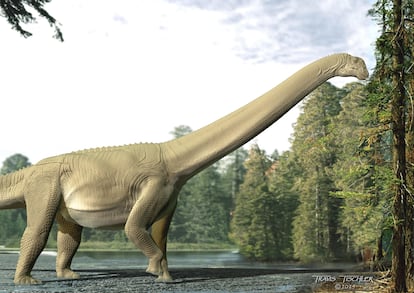
“Our sauropod preserved remains of at least four different types of plants in its intestinal contents: Araucaria [a genus of conifers], Austrosequoia [related to modern redwoods], seed ferns, and angiosperms [flowering plants],” explains the Australian researcher. Although many modern herbivores are specialized in grasses, those had not yet evolved — especially not in that part of the world.
The study allows for a more detailed understanding of the dinosaur’s diet: among the conifers, most of what was found were bracts — modified leaves that protect the fruit. From the ferns, they found fruits of an extinct species. And from the angiosperms, leaves from various species. In any case, Poropat adds, “our sauropod’s diet was quite varied.”
So, sauropods were generalists, browsing both high and low, which gives many clues about their environment. As hatchlings, sauropods had access only to plants near the ground, but as they grew, so did their dietary options. Moreover, the prevalence of small shoots, bracts, and pods in the cololite suggests that young Diamantinasaurus fed on the young shoots of conifers and seed ferns, which are easier to digest.
The fact that they ate angiosperm leaves is significant for researchers, as this type of plant had only recently appeared on Earth. The first flowering plants in the fossil record were found in what is now the Iberian Peninsula around 130 million years ago. By the time they reached the stomach of the young D. matildae, Australia was still connected to what would become Antarctica, though both had long since separated from Gondwana. So angiosperms must have taken some time to arrive.
“Angiosperms had spread more or less worldwide before 100 million years ago, and in the flora of the Winton Formation [where the cololite was found], they co-dominated alongside conifers and seed ferns, which is a testament to their success,” notes Poropat. But it also shows the adaptability of dinosaurs, which knew how to incorporate them into their diets.
The researchers emphasize that, long before large herbivorous mammals, it was the large dinosaurs who prepared the planet for flowering plants. Angiosperms are known for developing physical or chemical defenses against herbivores, for regenerating and reproducing quickly, and, as the Australian researcher highlights, “for enclosing their seeds in fruits that, when consumed and eventually excreted by herbivores, are widely dispersed in piles of ready-made fertilizer [feces].”
The analysis of the plant remains in the cololite offers one final clue about sauropods: the presence of only lightly chewed leaves and nearly intact shoots shows that this young dinosaur barely chewed its food, leaving the processing and digestion to its gut flora. This hypothesis has long been proposed, as sauropods lacked teeth adapted for chewing: all their teeth are the same and suited for snipping vegetation, not grinding it.
“The intestinal contents of our sauropod support this idea, because many of the plants it ate can still be identified because they weren’t chewed up,” concludes Poropat, who also cautions that it would be risky to assume that all sauropods ate exactly what this young dinosaur consumed shortly before it died.
Sign up for our weekly newsletter to get more English-language news coverage from EL PAÍS USA Edition
Tu suscripción se está usando en otro dispositivo
¿Quieres añadir otro usuario a tu suscripción?
Si continúas leyendo en este dispositivo, no se podrá leer en el otro.
FlechaTu suscripción se está usando en otro dispositivo y solo puedes acceder a EL PAÍS desde un dispositivo a la vez.
Si quieres compartir tu cuenta, cambia tu suscripción a la modalidad Premium, así podrás añadir otro usuario. Cada uno accederá con su propia cuenta de email, lo que os permitirá personalizar vuestra experiencia en EL PAÍS.
¿Tienes una suscripción de empresa? Accede aquí para contratar más cuentas.
En el caso de no saber quién está usando tu cuenta, te recomendamos cambiar tu contraseña aquí.
Si decides continuar compartiendo tu cuenta, este mensaje se mostrará en tu dispositivo y en el de la otra persona que está usando tu cuenta de forma indefinida, afectando a tu experiencia de lectura. Puedes consultar aquí los términos y condiciones de la suscripción digital.
More information
Archived In
Últimas noticias
Most viewed
- Reinhard Genzel, Nobel laureate in physics: ‘One-minute videos will never give you the truth’
- Oona Chaplin: ‘I told James Cameron that I was living in a treehouse and starting a permaculture project with a friend’
- Pablo Escobar’s hippos: A serious environmental problem, 40 years on
- Why we lost the habit of sleeping in two segments and how that changed our sense of time
- Charles Dubouloz, mountaineering star, retires at 36 with a farewell tour inspired by Walter Bonatti


